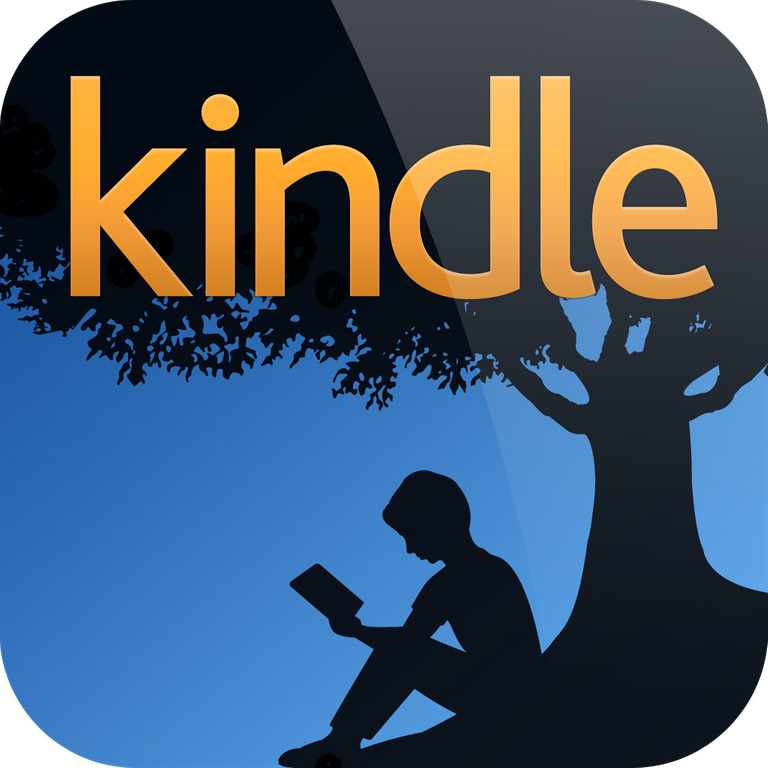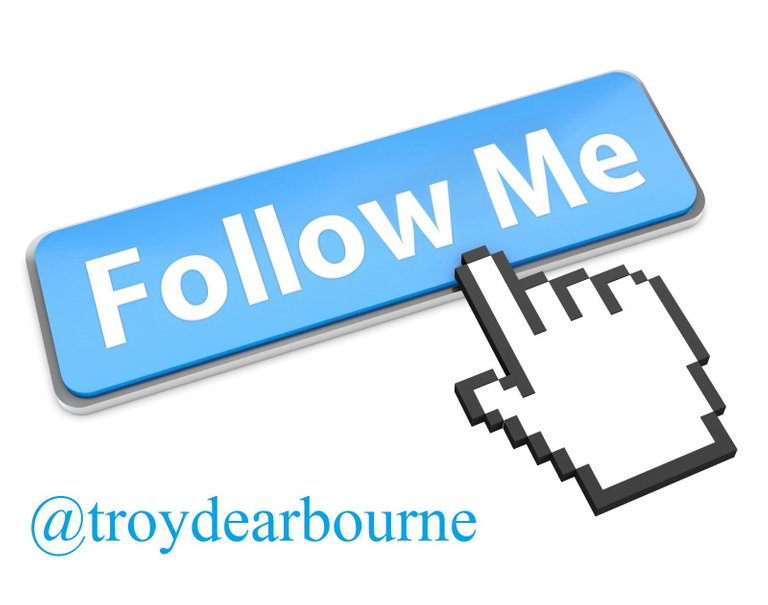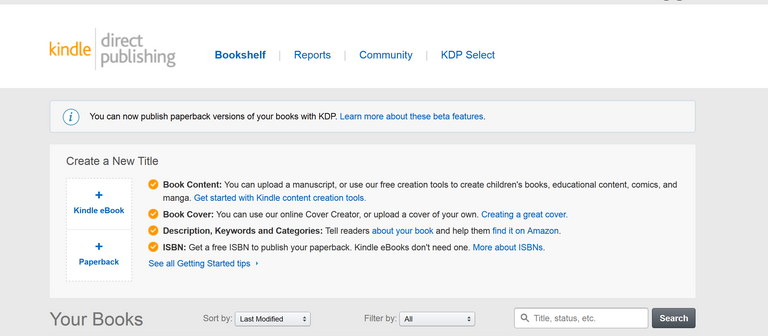
No doubt the word “passive” and “income” drew you into this article, and while earning a living through passive avenues is indeed possible, it doesn’t come easy or without its share of hard work.
But what exactly is passive income?
Simply put, passive income is a form of income where it requires little to no involvement on your part. In other words, you have the possibility to earn money while you eat, sleep, play — basically every moment that you’re not working.
Making money while you sleep — that has a nice ring to it, huh?
Does such a lifestyle interest you? Of course it does!
Most people only dream of earning $5,000, $10,000, even $25,000 a year on a passive income routine, but never see it happen. Why? Well, for one thing it isn’t as easy as it sounds and most people give up at the first sign of opposition.
The thing about passive income is in order for you to ever see it come to fruition, you must first dedicate a lot of time making it operational.
Todd Tresidder, the founder of Financial Mentor and passive income guru, compares building a viable passive income system to building a piece of machinery— you first must spend a lot of time building that machine before it can function on its own and ultimately pay dividends on your initial efforts.
So, what does any of this have to do with Amazon’s Kindle?
Since Amazon launched its eBook division in 2007, the Kindle, we’ve seen a complete transformation in how we read books, both fiction and non-fiction alike.
Initially, people grumbled at the thought of reading a 90K word novel on an electronic device — it was unheard of! “My eyes! My eyes! I can’t stare at a screen for that long.”
But as we now see, and largely thanks to Smartphones and tablets, more and more readers prefer reading a book in electronic format — and it only makes sense. You can’t likely carry more than a couple of paperbacks with you at one time, but you can carry literally thousands of titles with the Kindle app (which comes already installed on most devices) right in your back pocket.
In 2012, eBook sales did what was previously thought impossible — they outsold printed books in annual sales. And with the way technology is leading, that’s not likely to cease anytime soon.
Getting Started
When you discover a way to make money on a topic you truly enjoy, it can be very exciting but also very daunting. It’s easy to get confused when faced with a lot of choices on something you’re just starting out on.
Now, since you’re reading this, I’m going to assume you already know how to write and do it well (why else would you have read this far, right?), and thus, know the basics of being an author.
Indie publishing (or self-publishing, as it’s commonly called) is the process of writing a book and publishing it yourself through one of the many electronic publishing houses available, in this case: Amazon Kindle Direct Publishing (KDP), but I’ll name a few others that you may wish to look into:
- Smashwords
- Lulu
- Barnes n’ Noble (NOOK Press)
- Blurb
- BookBaby
- eBookIt
- Scribd
- iBooks (iTunes eBook store)
- BookTango
Each one of those sites offers different packages; some are strictly eBook based like iBook, whereas other are hybrid based — offering both eBook publishing and print publishing.
Have I overwhelmed you with information yet?
Don’t worry. It gets easier after you’ve done it a few times.
Amazon’s Kindle Direct Publishing
So, back to Amazon’s KDP program. As listed above, there are several other companies that offer similar features, but due to how Amazon has arguably monopolized the eBook industry, I felt compelled to use their services above others.
The best thing about KDP is it’s free to use. There are no upfront costs to convert your digital manuscript to eBook format. Additionally, Amazon has made it stupid easy to do — seriously, KDP is practically foolproof.
In the image above is the opening page to KDP. Once you’ve created an account, you’ll be asked to verify your email address, which will then allow you to proceed to this page.
Now, assuming you already have a book written, you would click on Kindle eBook, which would redirect you to the page where you will then fill out certain fields: the title and subtitle of your book, synopsis/description, cover art/image, royalty preferences (we’ll cover more on that in a moment), and publishing rights. You will also have the option to choose if you would like to enroll your book in KDP Select, a 90-day exclusivity agreement to the Kindle platform.
Whether or not you should enroll your book into KDP Select has its benefits as well as its drawbacks. If you choose to enroll your book into their exclusive program, you will not be allowed to publish it (digitally) elsewhere — like, anywhere. And don’t think about trying to sneak your way around this because Amazon has ‘bots’ that constantly troll the internet searching for keywords that match the books in their database. If they discover you’ve violated the KDP agreement, they’ll not only permanently ban the account you’re currently using, but they’ll prevent you from opening another account in the future.
Here’s a little more info from Amazon themselves about their KDP Select program:
- “What does it mean to publish exclusively on Kindle? When you choose to enroll your book in KDP Select, you’re committing to make the digital format of that book available exclusively through KDP. During the period of exclusivity, you cannot distribute your book digitally anywhere else, including on your website, blogs, etc. However, you can continue to distribute your book in physical format, or in any format other than digital. See the KDP Select Terms and Conditions for more information.”
Drawbacks aside, if you’re a newbie to the world of self-publishing, the exclusivity program KDP Select offers can be a huge benefit to you. Reason being is Kindle manipulates your book’s ranking for the first 90 days that it’s uploaded, meaning your book will appear lower in rank (more traffic flowing to your book), as #1 being the best rank, so you may see a powerful surge in sales right off. However, after the initial 90 days expires, Kindle ceases to manipulate your book’s ranking, which almost always translates into a major drop in sales.
Kindle Unlimited (KU)
Fortunately, there’s more ways to earn passive income than just selling a digital copy of your book outright. You can also lend a copy — like how a library allows readers to borrow books— for a set time-frame, except you’ll continue to earn royalties when they do so.
Kindle Unlimited is a subscription package (think Netflix, but eBooks instead of movies), where you pay a monthly fee of $9.99 and can read as many books as you wish. As is easy to see, when Amazon launched KU in 2014, this was a huge game-changer for the eBook industry and indie authors alike.
That said, when you enroll your book into KDP Select, you automatically receive the benefits of KU as well. Readers will stumble upon your book, and since they’re a KU subscriber, your book will be free for them to download, but you’ll still receive a portion of the KDP Select Global Fund. As of the time of writing this article, the global fund for this month is $19 million. So the more KU readers you reach, the bigger your cut of the global fund will be.
Here’s a little more from Amazon on this subject:
- “What are Kindle Unlimited and the Kindle Owners’ Lending Library? Kindle Unlimited is a subscription program for readers that allows them to read as many books as they want. The Kindle Owners’ Lending Library is a collection of books that Amazon Prime members who own a Kindle can choose one book from each month with no due dates. When you enroll in KDP Select, your books are automatically included in both programs. Your books will still be available for anyone to buy in the Kindle Store, and you’ll continue to earn royalties from those sales like you do today. For more information about Kindle Unlimited, click here and for more information about Kindle Owners’ Lending Library, click here.”
Kindle Owners’ Lending Library allows readers to borrow your book for a set time. However, you will get paid (last I checked it was $0.0006 per ‘digital’ page, or $0.006 per traditional page). That might not seem like a lot at first, but for your average eBook, you’ll typically earn between $1.00 and $2.00 for ever copy that’s borrowed. Compare that to traditional publishing, most authors only earn approximately $1.50 per printed copy sold, so as a self-published author, those rates aren’t too shabby.
Sales And Royalty Calculations
Okay, this is quite possibly the most important aspect of self-publishing on Kindle; after all, this is the reason why you clicked on this article — to earn money, right?
Had I known the things I’m about to reveal when I first started, it would have saved me a ton of time, and I probably would have earned more money, too.
At first glance, this may seem illegitimate or possibly even unfair how Kindle calculates its royalties for its authors. But, after a long, close analysis, I now understand why they do it.
When naming your price, Kindle sets a price window between $0.99 and $9.99, and there are different royalty rates depending on what price you choose for your book.
If you take a moment to view some of the average eBooks Kindle hosts, you’ll notice that most have the same price tag of $2.99. Well, there’s good — no, great reasons for that.
When you price your book at $2.99, you’ll receive 70% of the sale price in royalties.
$2.99 x 0.70 = $2.09
So if you price your book at $2.99, you can expect a royalty rate of 70%, which pays approximately $2.09 for every copy sold.
The second option is to price your book for less than $2.99. If you price it between $0.99 and $2.98, then you’ll only receive 30% royalty rates — yes, thirty percent!
$2.98 x 0.30 = $0.89
By pricing your book just a penny less, you’ve inadvertently lost $1.20 per copy sold!
Seems like highway robbery, right?
Well, there’s actually quite of bit of logic behind Amazon’s purpose.
It’s no secret that we as humans love to find a bargain, and naturally we’re drawn to the lower priced item. If Amazon didn’t set their royalty calculations up this way, you would see a lot more authors pricing their eBooks at $0.99 because, hey, the cheaper it is the more I should sell, right?
That theory doesn’t always hold true.
By placing those royalty rates where they are, Amazon has better control over how much money they make per copy sold. After all, they’re not charging us authors anything upfront, so it’s only right they at least get a cut on the back end.
And if you’re any good at all when it comes to writing, you would be doing yourself a disservice by pricing your book so cheaply.
When I published my book, I didn’t hesitate to price it at $4.99. Why? Because I want potential readers to know I’m not a fly-by-night author who will slap anything onto the page in order to make a few bucks. I want to build a brand that readers will trust and know they aren’t paying more money just to read fluff, but are paying more because I spend the necessary time crafting a proper storyline and building as realistic worlds and characters as I possibly can. People will pay more for quality.
Does that make me a better author because I priced my book at $4.99 versus a fellow author who priced theirs at $2.99? Of course not. It just means I’m willing to take the risk on losing a reader to another author whose book may be cheaper. Whether that’s good or bad is something I may never know.
So Where Exactly Does That Passive Income Happen
I know this is a lot of information to process all at once, but like any great career, you’re not going to earn millions right off the bat or have a New York Times Best-seller on your first book.
But there’s money to be made when it comes to self-publishing, and far more than ever before. Experts are predicting that major traditional publishing houses like Scholastic, Penguin, or Simon and Schuster will shut down by the year 2025 due to more people choosing eBooks over printed books.
So if you no longer want to drive the long commute to work each day, be crammed in an office cubicle from 9:00 to 5:00, deal with office politics, and be forced to constantly be on the lookout for the guy you know is stealing your lunch from the break room’s fridge, then break free from that life. But don’t wait — break free from it today!
If you enjoyed this post, be sure to click that Upvote button and Follow me @troydearbourne for more posts just like this one.


let's hope steemit will also have the possibility to provide as kindle does :)